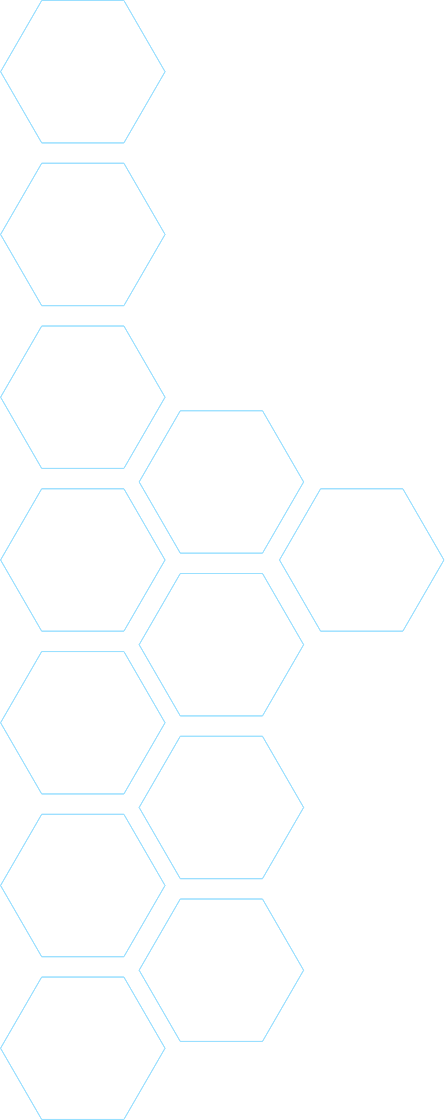A new method safely extracts valuable metals locked up in discarded electronics and low-grade ore using dramatically less energy and fewer chemical materials than current methods, according to a new paper published in the journal Nature Chemical Engineering by University of Illinois Urbana-Champaign researchers led by Chemical and Biomolecular Engineering Professor Xiao Su, a C3.ai DTI Principal Investigator.
Gold and platinum group metals such as palladium, platinum and iridium are in high demand for use in electronics. However, sourcing these metals from mining and current electronics recycling techniques is not sustainable and comes with a high carbon footprint. Gold used in electronics accounts for 8% of the metal’s overall demand, and 90 percent of the gold used in electronics ends up in U.S. landfills yearly, the study reports.
The study describes the first precious metal extraction and separation process fully powered by the inherent energy of electrochemical liquid-liquid extraction, or e-LLE. The method uses a reduction-oxidation reaction to selectively extract gold and platinum group metal ions from a liquid containing dissolved electronic waste.
Su said one of the many advantages of this new method is that it can run continuously in a green fashion and is highly selective in terms of how it extracts precious metals. “We can pull gold and platinum group metals out of the stream, but we can also separate them from other metals like silver, nickel, copper and other less valuable metals to increase purity greatly – something other methods struggle with.”
The team said that they are working to perfect this method by improving the engineering design and the solvent selection.
Read the full UIUC News article, “Electrochemistry helps clean up electronic waste recycling, precious metal mining.”
Read the study in Nature Chemical Engineering, “Redox-mediated electrochemical liquid-liquid Extraction (e-LLE) for selective metal recovery.”
Photo by Fred Zwicky, UIUC


